BlackRock: A Rock-Solid Stock Pick
BlackRock's heady growth has fueled the stock's terrific performance.

Since going public at $14 in October 1999, BlackRock (symbol BLK) has been a winner. The stock, which closed at $155 on July 9, has delivered an annualized return (including dividends) of 26.3% since its debut. The terrific performance reflects BlackRock's prodigious growth -- assets under management have climbed 34% a year over the past decade.
BlackRock is well diversified. The firm has 46% of its $3.4 trillion in assets in stock or balanced products, 32% in bond funds and 10% in money-market or similar products. This means that BlackRock can hold on to assets better than many when, say, investors get skittish and move their money from stocks into bonds and cash. The firm has customers all around the globe. And its broad mix of actively managed and indexed products should allow the firm to keep up with investor tastes. Thanks to the acquisition of the iShares brand in 2009, BlackRock is now the biggest provider of exchange-traded funds.
In addition to its core business, BlackRock licenses its proprietary risk-management technology, called Aladdin, to firms that want to monitor investments or assets. Some $9 trillion of assets, in addition to the money that BlackRock itself runs, are on the platform. This business accounted for just 10% of revenues in 2009, but growth prospects are excellent as investors focus more on risk.
From just $107.88 $24.99 for Kiplinger Personal Finance
Become a smarter, better informed investor. Subscribe from just $107.88 $24.99, plus get up to 4 Special Issues

Sign up for Kiplinger’s Free Newsletters
Profit and prosper with the best of expert advice on investing, taxes, retirement, personal finance and more - straight to your e-mail.
Profit and prosper with the best of expert advice - straight to your e-mail.
Because of BlackRock's heady growth, its stock has historically commanded a higher price-earnings ratio than most asset managers, says Gabelli & Co. analyst Mac Sykes. Analysts expect earnings to grow 15% annually over the next few years, and the stock sells for 16 times estimated 2010 profits of $9.93 per share. Sykes thinks the shares can reach $230 in a year.
For more information, see Great Days at BlackRock and FUND WATCH: BlackRock Funds Worth A Look.
Profit and prosper with the best of Kiplinger's advice on investing, taxes, retirement, personal finance and much more. Delivered daily. Enter your email in the box and click Sign Me Up.

-
 Vesting, Catch-Ups and Roths: The 401(k) Knowledge Quiz
Vesting, Catch-Ups and Roths: The 401(k) Knowledge QuizQuiz Test your understanding of key 401(k) concepts with our quick quiz.
-
 Why You Should Pay Attention to Company Guidance
Why You Should Pay Attention to Company GuidanceUnderstanding how corporate profit forecasts affect analysts’ estimates and stock ratings can help you make investment decisions.
-
 How to Protect Yourself and Others From a Troubled Adult Child
How to Protect Yourself and Others From a Troubled Adult ChildThis case of a violent adult son whose parents are in denial is an example of the extreme risks some parents face if they neglect essential safety precautions.
-
 Crypto Trends to Watch in 2026
Crypto Trends to Watch in 2026Cryptocurrency is still less than 20 years old, but it remains a fast-moving (and also maturing) market. Here are the crypto trends to watch for in 2026.
-
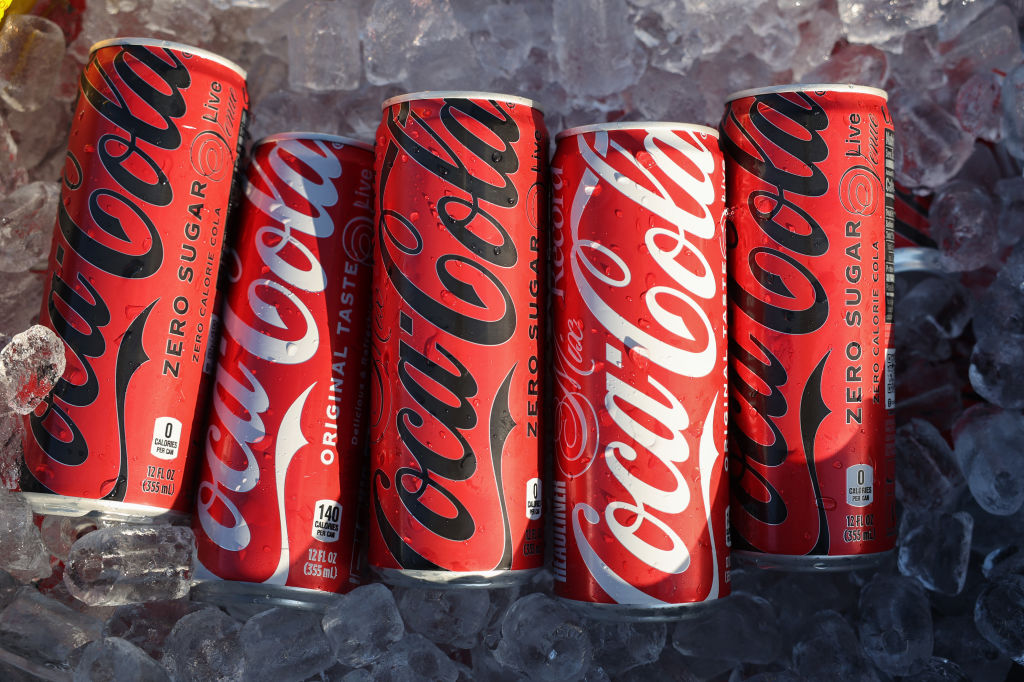 If You'd Put $1,000 Into Coca-Cola Stock 20 Years Ago, Here's What You'd Have Today
If You'd Put $1,000 Into Coca-Cola Stock 20 Years Ago, Here's What You'd Have TodayEven with its reliable dividend growth and generous stock buybacks, Coca-Cola has underperformed the broad market in the long term.
-
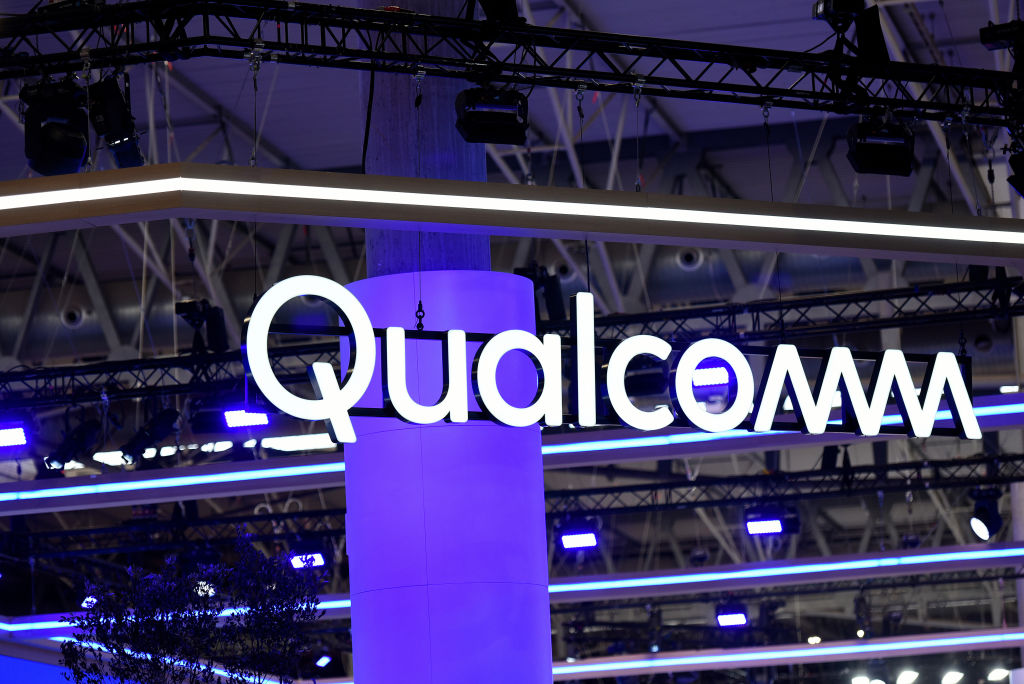 If You Put $1,000 into Qualcomm Stock 20 Years Ago, Here's What You Would Have Today
If You Put $1,000 into Qualcomm Stock 20 Years Ago, Here's What You Would Have TodayQualcomm stock has been a big disappointment for truly long-term investors.
-
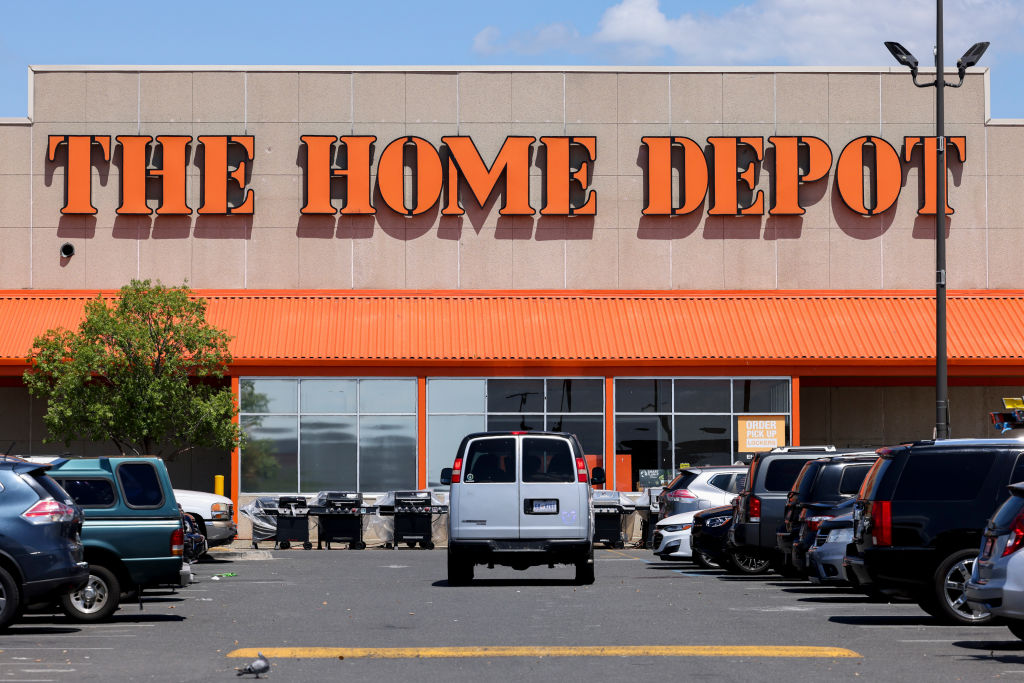 If You'd Put $1,000 Into Home Depot Stock 20 Years Ago, Here's What You'd Have Today
If You'd Put $1,000 Into Home Depot Stock 20 Years Ago, Here's What You'd Have TodayHome Depot stock has been a buy-and-hold banger for truly long-term investors.
-
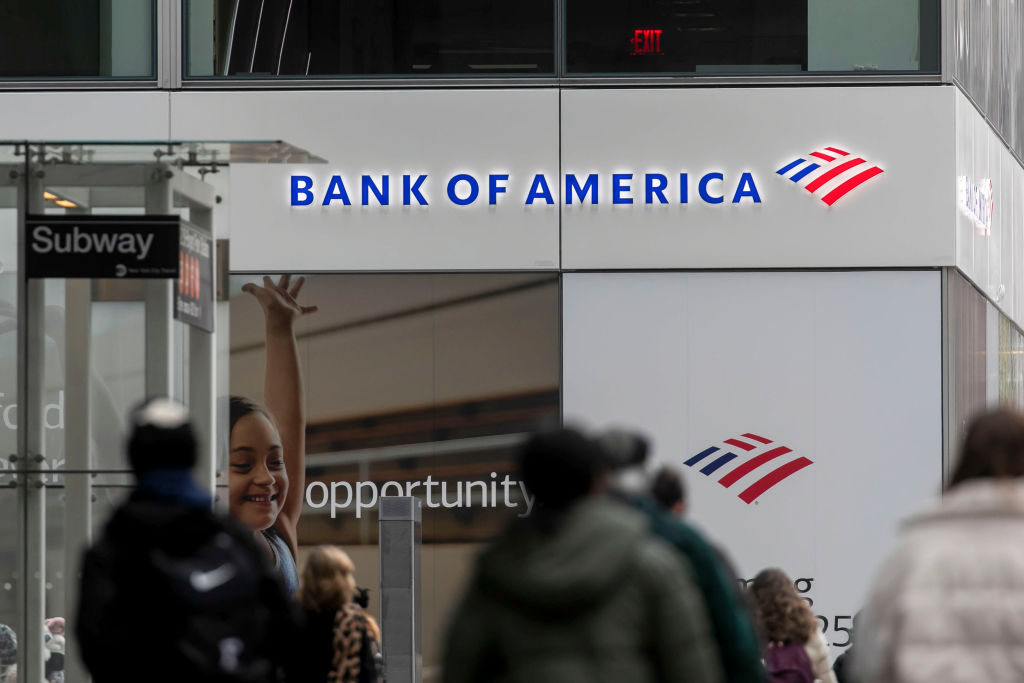 If You'd Put $1,000 Into Bank of America Stock 20 Years Ago, Here's What You'd Have Today
If You'd Put $1,000 Into Bank of America Stock 20 Years Ago, Here's What You'd Have TodayBank of America stock has been a massive buy-and-hold bust.
-
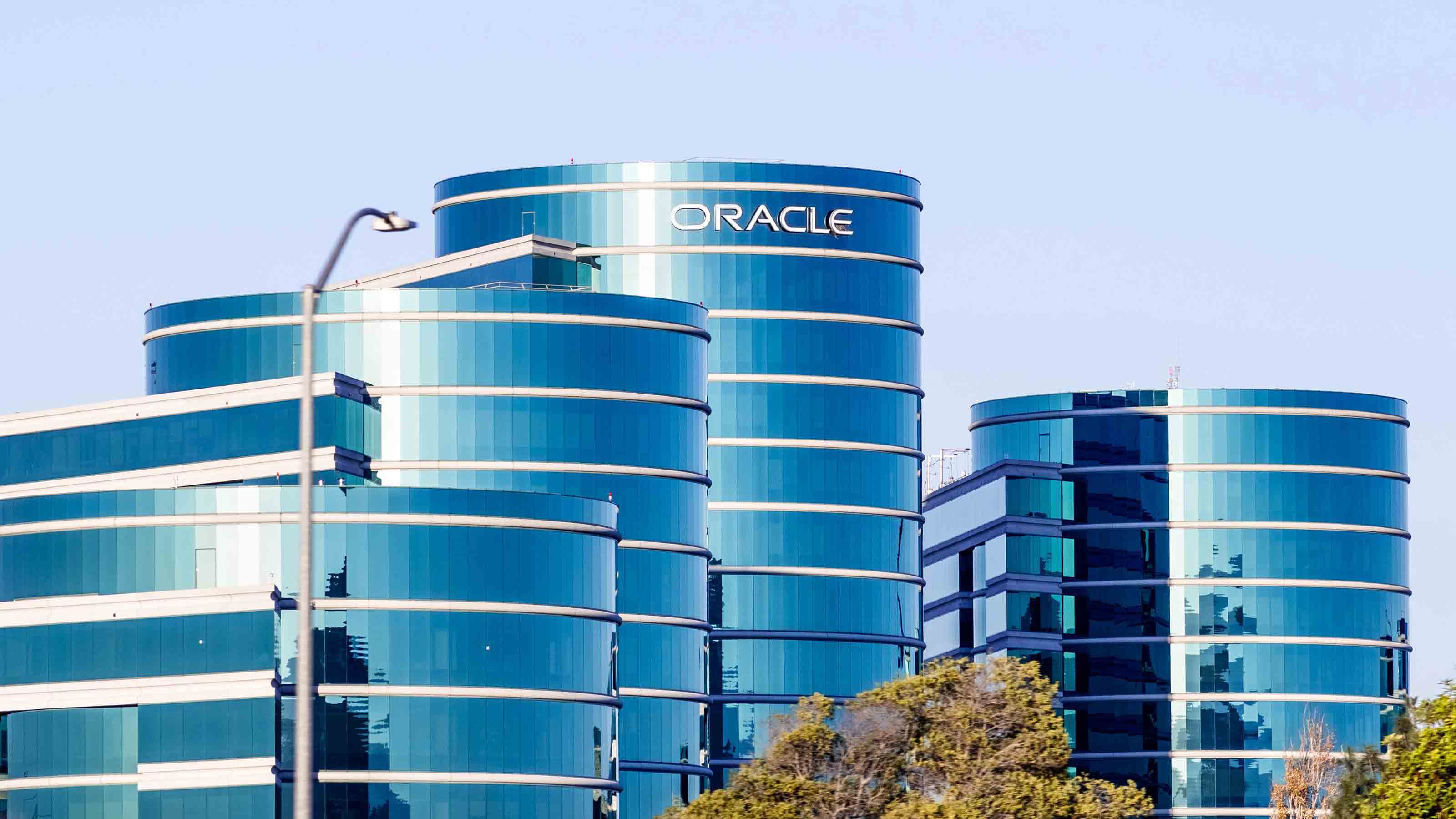
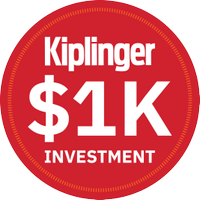 If You'd Put $1,000 Into Oracle Stock 20 Years Ago, Here's What You'd Have Today
If You'd Put $1,000 Into Oracle Stock 20 Years Ago, Here's What You'd Have TodayORCL Oracle stock has been an outstanding buy-and-hold bet for decades.
-
 If You'd Put $1,000 Into Sherwin-Williams Stock 20 Years Ago, Here's What You'd Have Today
If You'd Put $1,000 Into Sherwin-Williams Stock 20 Years Ago, Here's What You'd Have TodaySherwin-Williams stock has clobbered the broader market by a wide margin for a long time.
-
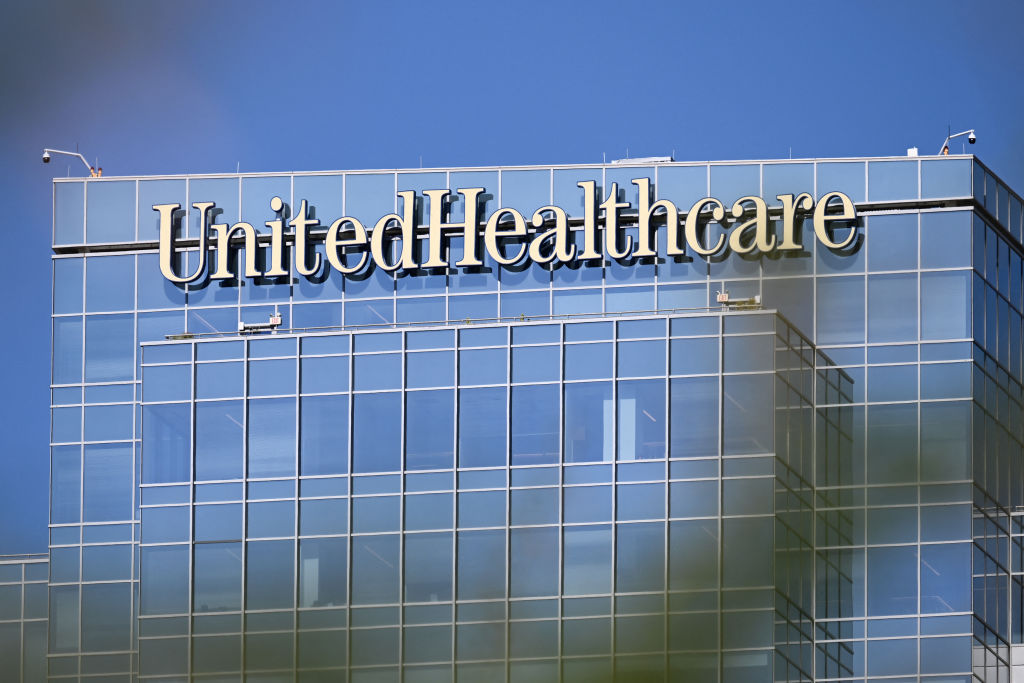 If You'd Put $1,000 Into UnitedHealth Group Stock 20 Years Ago, Here's What You'd Have Today
If You'd Put $1,000 Into UnitedHealth Group Stock 20 Years Ago, Here's What You'd Have TodayUNH stock was a massive market beater for ages — until it wasn't.